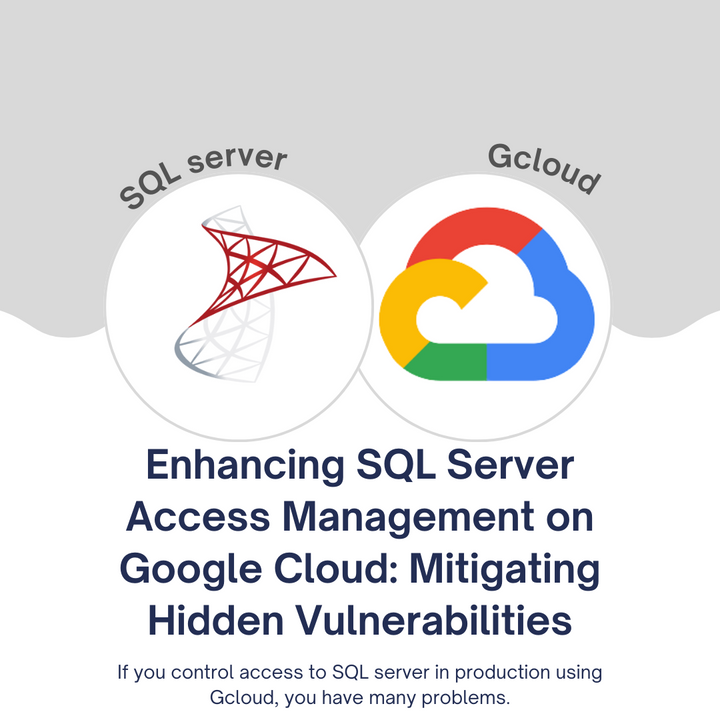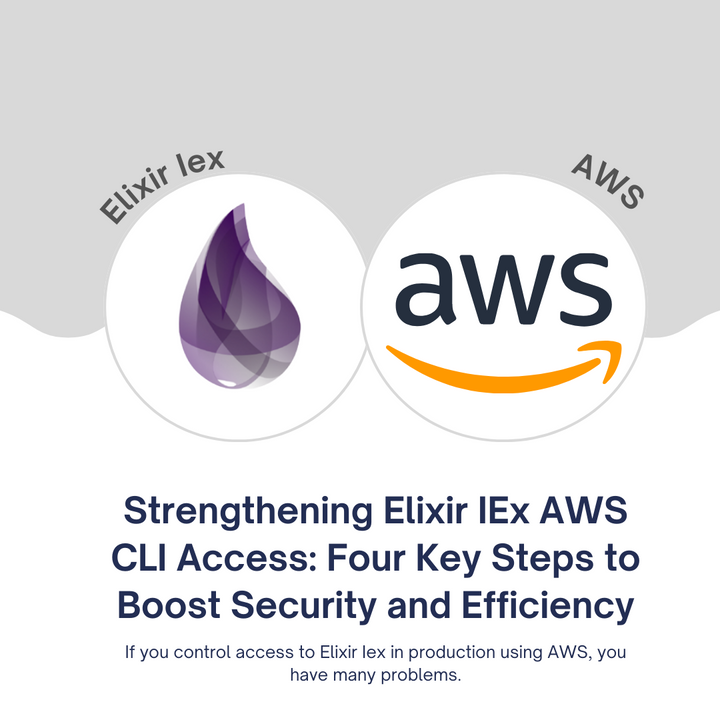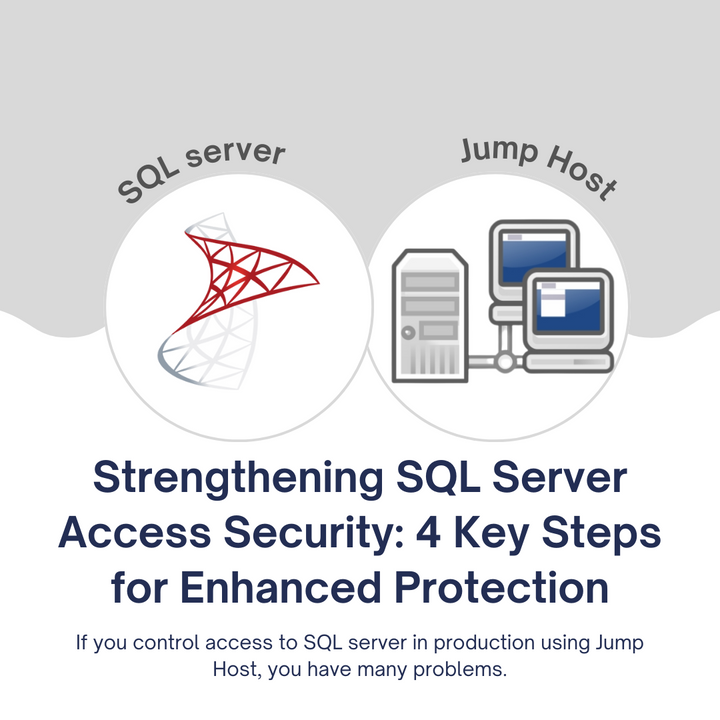Enhancing Rails Console kubectl Access: A Four-Step Guide to Mitigating Hidden Vulnerabilities

If you're managing access to the Rails Console in production using kubectl, you might be facing several challenges. In this article, we'll delve into the five major problems associated with this approach, explore their impacts on your operations, and discuss practical steps to mitigate these issues.
The Need for Fast Access in Production
Fast access to the right engineers in a production environment is crucial for maintaining product speed. When it comes to troubleshooting, bug fixes, and incident resolutions, having quick access to relevant data can make all the difference. Unfortunately, many teams resort to suboptimal solutions for granting this access, leading to significant security risks or inefficient workflows.
The Pain Points of Rails Console Access Using kubectl
Building infrastructure for Rails Console access through kubectl can be a painful experience. However, the most significant challenges often lie in the hidden vulnerabilities that are rarely discussed but pose substantial security and operational risks. Let's explore these vulnerabilities:
1. Single Sign-On (SSO) & Multi-Factor Authentication (MFA)
Implementing robust SSO and MFA mechanisms is crucial for securing access to Rails Console. Without these features, you leave your system vulnerable to unauthorized access.
2. Audit Trials and PII Protection
Maintaining audit trails and protecting Personally Identifiable Information (PII) is vital for compliance with regulations like GDPR, PCI, SOC2, and HIPAA. Failure to do so can result in severe consequences.
3. Compliance
Different industries have varying compliance requirements. It's essential to align your Rails Console access features with your industry's specific needs to avoid potential legal issues.
4. Developer Experience
Ensuring a smooth developer experience is vital for efficient operations. Cumbersome access processes can hinder productivity and lead to frustration among your engineering team.
Fixing the Hidden Vulnerabilities
Now that we've identified the vulnerabilities let's discuss how you can address them effectively using the 80/20 rule:
1. Add Rails Console to Systems You Already Manage
If you already use tools like Google Workspaces, you don't necessarily need an LDAP directory. Focus on integrating SSO and MFA into your existing systems. Don't make SSO implementation overly complicated; consider leveraging Google OAuth for a more straightforward setup.
2. Prioritize Features Relevant to Your Industry
Tailor your Rails Console access features to match your industry's requirements. For industries with fewer regulations, prioritize Developer Experience, SSO, and MFA. Streamline the access process to minimize the number of steps required.
Conversely, highly regulated businesses should prioritize compliance features. Understand the specific compliance requirements for your industry and ensure your Rails Console setup meets them.
3. Leverage Solutions for Multiple Access Needs
To reduce complexity, consider using a single tool that can manage not only Rails Console access but also access to AWS, GCP, databases, Kubernetes, and other resources. This approach simplifies management and offers a unified user experience.
4. Add Friction to Unwanted Access Methods
Sometimes, you need to discourage the use of easy but undesirable access methods. For example, if engineers are accessing the Rails Console through insecure means, such as the AWS web console, you can add friction to that process. Introduce a form submission or a request in your issue tracking system, like Jira, to make the preferred method more attractive over time.
Making the right way the easiest option by adding complexity to the undesirable methods can gradually shift the behavior of your team towards more secure practices.
In conclusion, addressing the hidden vulnerabilities of Rails Console kubectl access is essential for maintaining security, compliance, and operational efficiency. By following these four steps and tailoring your approach to your industry's needs, you can significantly enhance your Rails Console management while minimizing risks and complications.



